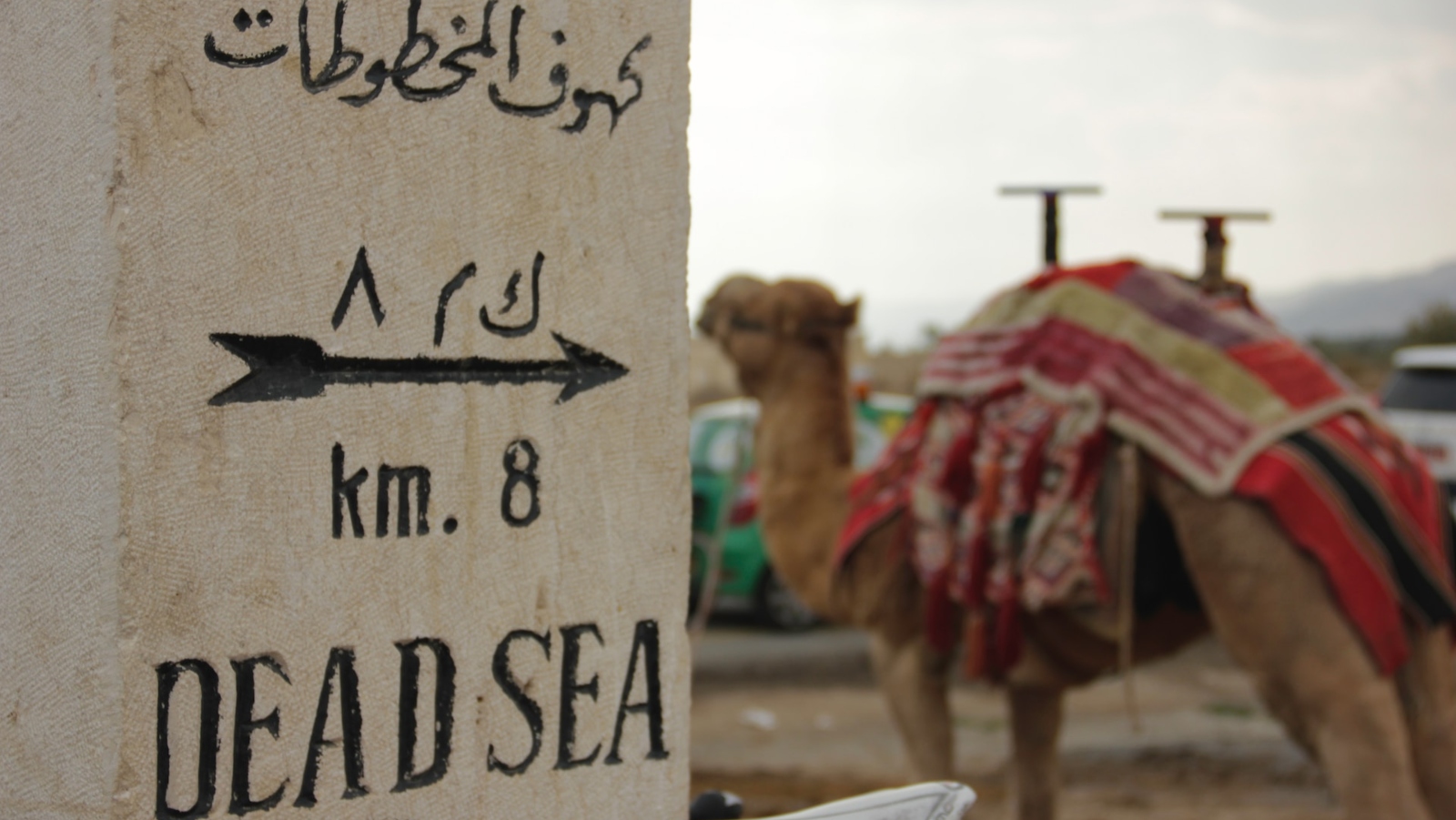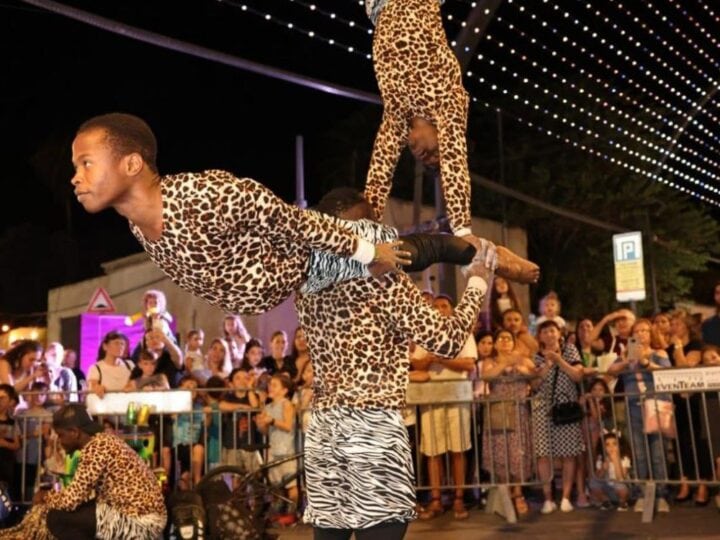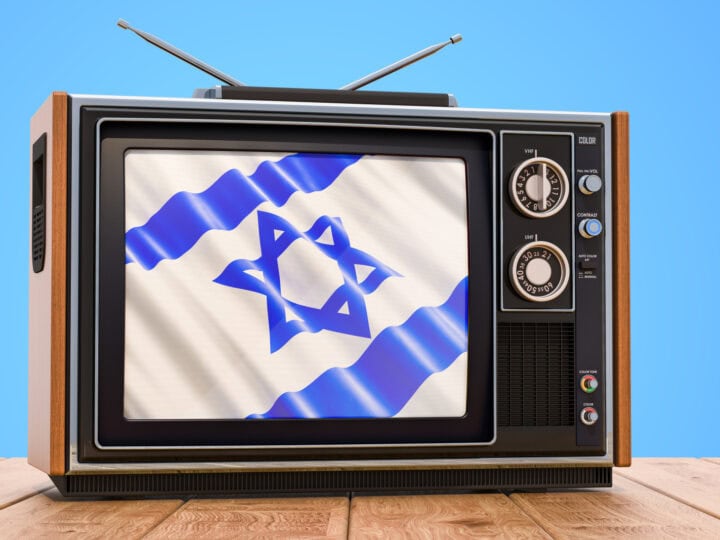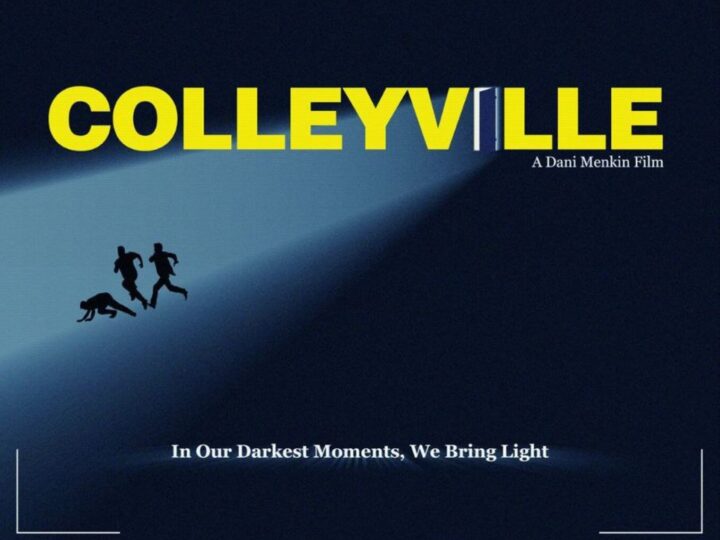Tourists and Israelis alike love bobbing in the mineral-rich water of the Dead Sea, slathering on its healing mud and using cosmetics made from its extracts. The water and even the ambient air have proven healing benefits for everything from asthma to psoriasis.
However, the hypersaline lake – the lowest land on Earth at nearly 430 meters below sea level – has been shrinking at an alarming pace, dropping close to 4 feet every year.
Due to diversion of its freshwater sources for drinking water and irrigation, as well as other factors, the main part of the lake is now two-thirds smaller than it was just 50 years ago and sinkholes have swallowed up several beaches.
To draw attention to the ecological distress of the Dead Sea, and to bring a sense of hope as well, 10 international graffiti artists are painting murals this week near the Dead Sea’s Kalia Beach to be unveiled for Earth Day, April 22.
Visiting Israel from Argentina, Paraguay, Greece, Portugal, South Africa, Spain and the United States with Artists 4 Israel (A4I), they are transforming abandoned former Jordanian military barracks into vast concrete canvases for their art.
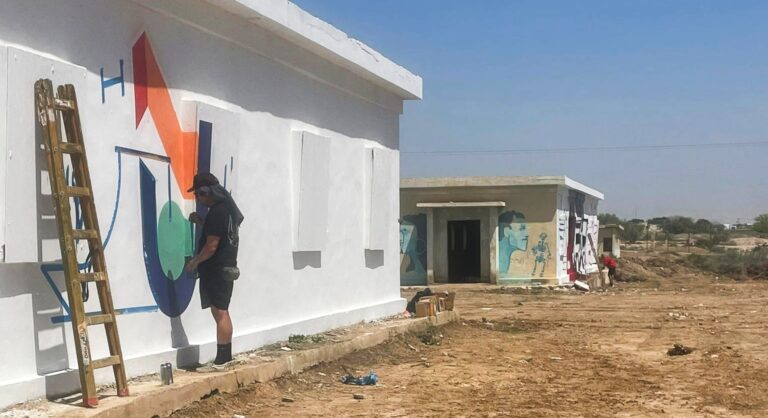
A4I founder Craig Dershowitz explained that the Dead Sea’s northwestern shore was contested territory prior to the 1967 Six Day War. Once controlled solely by Jordan, the lake is now shared by both countries. But the Jordanian army barracks left behind are crumbling in the extreme desert environment and it is here that the artists are painting.
“Our mission is humanitarian, not political,” he said. “In the Middle East, the desert blooming has always been a symbol of healing. We are making the desert bloom with art.”
The murals will be joined by works of local artists on the site with the goal of sparking governmental action to save the lake.
“Our Dead Sea Gallery was founded to help bring more attention to the ill-fated Dead Sea,” said Itay Maor, curator of Gallery Minus 430.
At the same time, the Dead Sea Revival Project is marking Earth Day by opening a photo exhibition, “Water Levels,” highlighting the dramatic changes in the Dead Sea landscape.
The exhibition, hung at the nearby Arad Cultural Center, showcases timelapse photos taken by the environmental visual artist Noam Bedein over a seven-year period.
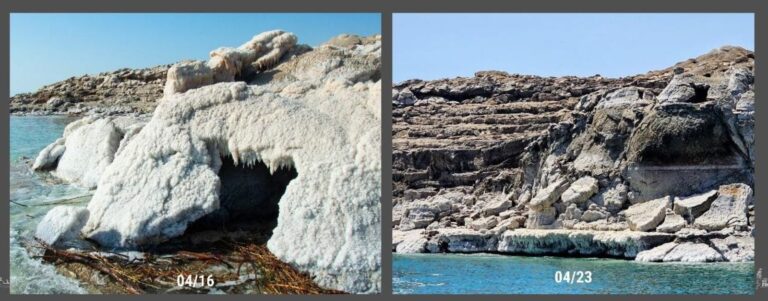
Bedein has been recognized by CNN, National Geographic and NASA for his Dead Sea educational and activism work.
“Today, 98% of the natural coastline of the northern Dead Sea is inaccessible due to over 7,000 sinkholes. The only way to truly explore the Dead Sea and experience its wonders is by boat,” said Bedein, who recently launched educational eco-boat tours for Dead Sea tourists and activists.
Fighting for Israel's truth
We cover what makes life in Israel so special — it's people. A non-profit organization, ISRAEL21c's team of journalists are committed to telling stories that humanize Israelis and show their positive impact on our world. You can bring these stories to life by making a donation of $6/month.





